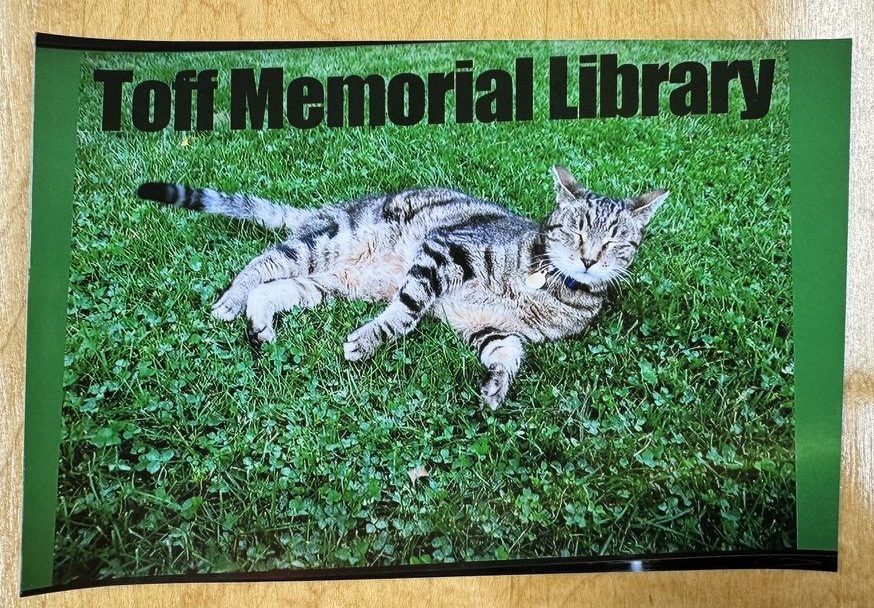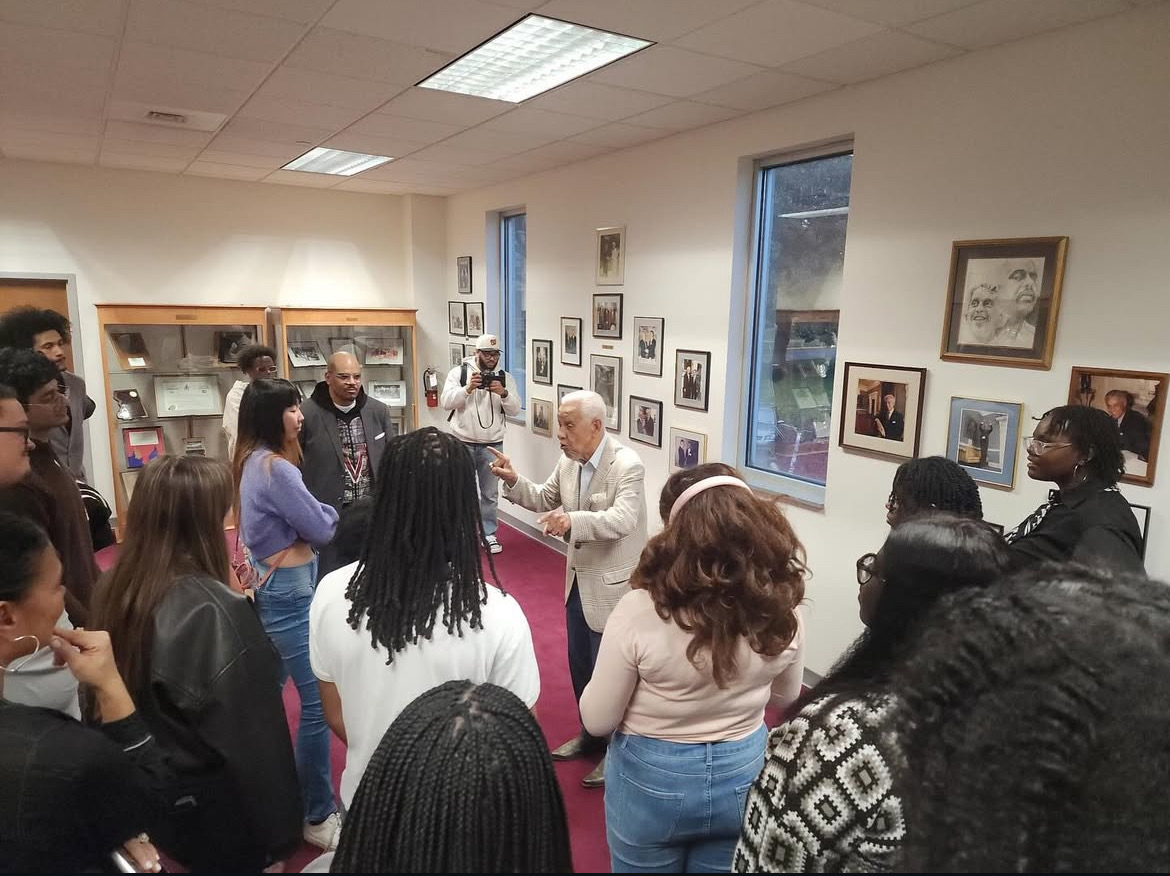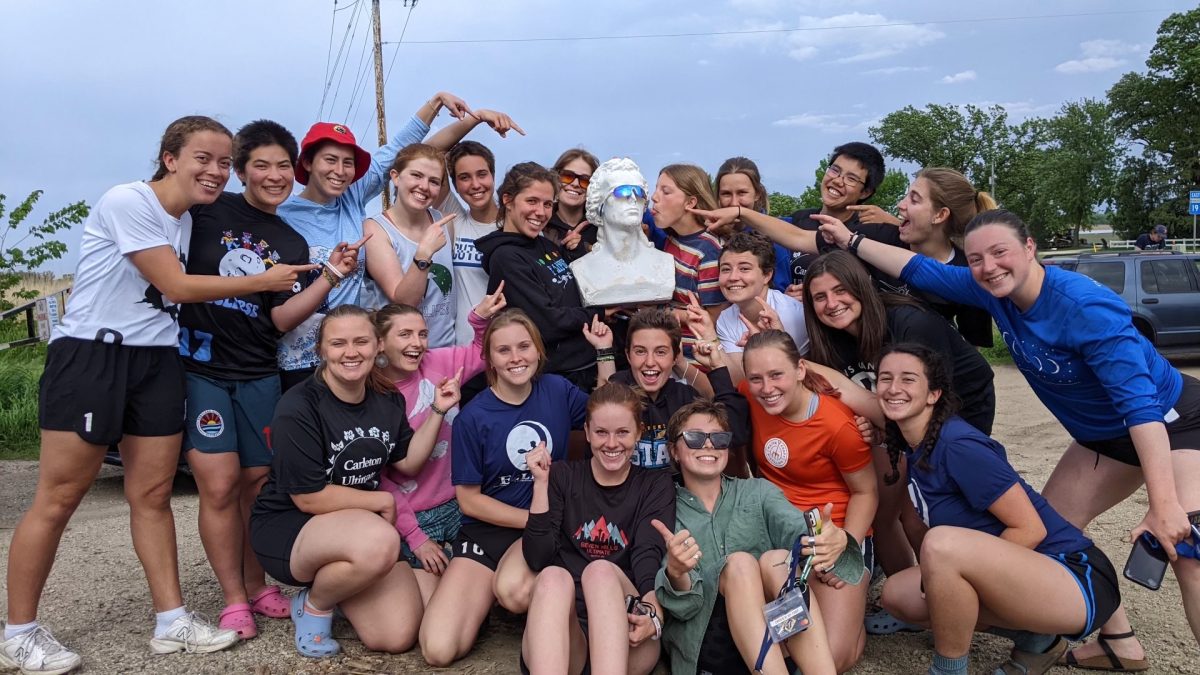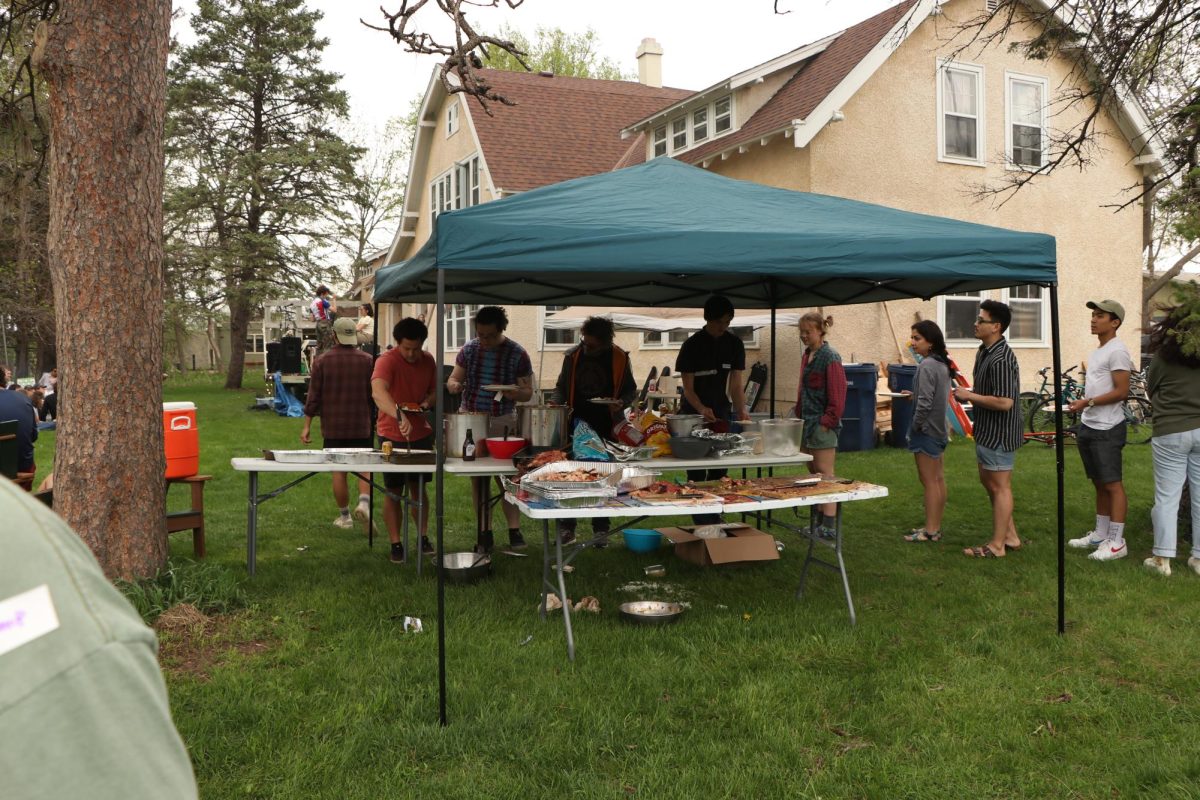Fall Term is a time when many new students are just discovering (or in the case of returning students, rediscovering) the many traditions on Carleton’s campus. While some traditions have faded into the past, others continue to thrive. In light of the new beginnings and reflections that Fall Term always brings, let’s take a look at some of the traditions that have left their mark on Carleton’s campus.
Date Knight: Traditionally, Date Knight has been held during the 8th week of Fall Term, though it will take place during Winter Term of this year. It involved setting up your roommate on a blind date, though this definition has expanded to include friends setting up other friends for either a blind date, a new friend or an encounter with a complete stranger. Clubs host events from a cappella concerts to canoeing, ballroom dancing, movie showings and more. Date Knight once went by the name of “Screw Date,” because if you received screws in your mailbox, then your friends had set you up on a blind date.
Dacie’s: Now sometimes known as “The Cookie House,” where friends and cookies always abound, the Dacie Moses House is actually named for a former Carleton College librarian. Employed from 1919 to 1969, Dacie Moses opened her doors to students and neighbors alike for gatherings and Sunday brunches. After her death, she left her house to the Carleton College Alumni Association so that it could continue to be used as it had been in her life: as a center for light, warmth and happiness. She had just one request: that the house always be filled with materials for baking cookies for students who want to bake and experience a feeling of home, as long as they left the cookies there to share. Today, the traditions of Sunday brunches and cookie materials continue, with the brunches currently held in Cassat while her house is under renovation.
Winter Carnival: Despite a decline in recent years, Winter Carnival dates back to the 1930s. In 2021, the college made efforts to revitalize the tradition to some degree, featuring ice sculptures during midterm weekend. The carnival typically includes activities like ice skating, sculpture carving, a chili cookout and human bowling.
Farmstock: Farmstock, an annual acoustic music festival held in late spring, has been a tradition since 1979. As its name suggests, it is held in the spacious backyard of Farm House, Carleton’s sustainability interest house. Originally a picnic sponsored by the Folk Music Society, it has evolved into a student band performance event organized by Farm House residents and open to any participants.
Opening Convocation: Carleton’s Opening Convocation marks the beginning of the academic year. It includes recognizing honors students, presenting the Dean’s List and the appearance of a guest speaker. The tradition started in 1978.
Bubble Brigade (1970-Present): The Bubble Brigade, which began as a joke in 1970, involves seniors blowing bubbles at faculty members during formal chapel events, adding a touch of playfulness to the ceremonies.
Schiller: The Schiller bust, from which Carleton gets the name for its campus currency, is a plaster bust of the German playwright and poet Johann Kristoff Friedrich von Schiller. As the legend goes, the bust was held in the Scoville Library reading room until 1957, when Bruce Herrick ’58 discovered it in a storage room. When he took the bust as decoration for his room, his friends stole it for theirs, and thus began the stealing of Schiller and his public revels. Legend has it that Schiller has been in a helicopter and Air Force One, and has even attended the famed Carleton/St. Olaf football games.
Traditions that we no longer continue:
As with all traditions, some do not withstand the test of time. Here are a few highlights of some cherished customs that have since faded into obscurity, making way for new traditions and priorities. Here, we delve into four of Carleton’s forgotten traditions, shedding light on their history and the stories they left behind.
Dorm Wars: A Battle of Energy Conservation: Dorm Wars was a short-lived Carleton tradition that started in 2006. It was initiated by student environmental groups, including Students Organized for the Protection of the Environment, the Minnesota Public Interest Research Group and, later, the sustainability assistants. Inspired by a similar competition at Oberlin College, Dorm Wars aimed to raise awareness about energy consumption on campus. Different dormitories went head-to-head to reduce their energy consumption compared to their three-year averages during the month of February.
The prize for the inaugural Dorm Wars was rather unconventional: a “weiner party” featuring food from a local restaurant for the winning dorm. Over time, Dorm Wars evolved into Green Wars. Although student enthusiasm waned in the early 2010s, the event contributed to broader on-campus environmental awareness. As far as records show, the last Green Wars occurred in 2013, marking the end of an era.
Bouncing Day: A Rite of Passage: Bouncing Day, which began around 1877 and ended along with other hazing rituals around 1960, was an annual event where older students would gleefully toss male freshmen into the air, a spirited rite of passage that introduced newcomers to the Carleton community. The location and date of Bouncing Day remained deliberately unpredictable to ensure that freshmen couldn’t avoid the good-natured mayhem. As one of Carleton’s earliest traditions, Bouncing Day holds a special place in the college’s history.
May Fete: A Celebration of Seniors: May Fete, a multi-day celebration that took place on Mai Fête Island in Lyman Lakes, was a tradition for Carleton seniors. Dating back to 1907, this celebration allowed graduating seniors to revel in their accomplishments and enjoy quality time together during their final term at Carleton. The original May Fete included parties, performances and the coronation of a “May Fete Queen” selected from a court of 12 senior women. These individuals were recognized for their outstanding service and contributions. While the tradition evolved into a more casual affair over time, with some seniors hosting activities on the island, the original May Fete festivities ceased around 1970. Today, some seniors continue to host activities on the island during Spring term.
These are just a few of the traditions that have shaped Carleton’s culture over the years. While some have disappeared into history, others continue to bring the campus community together, providing a sense of continuity and connection to Carleton’s past.
















David Bliss • Oct 17, 2023 at 9:34 am
You can find info on these traditions at the College Archives, including many photos and videos that have been put online. We have footage of Schiller dangling from a helicopter during a 1962 football game!
archive dot carleton dot edu
Evan Stoner • Sep 30, 2023 at 2:40 pm
In the ‘90s “Date Knight” was not called “Screw Date,” but “Screw Your Roommate,” which is objectively the funniest of those three options. I suspect “Screw Date” is not only ungrammatical but apocryphal, and I’m dubious about the screws in the mailbox. I welcome someone to refute me with primary sources.
I believe as an old man I’m now legally required to complain about “triggered woke snowflakes” “ruining our precious traditions.” To be honest, though, as time goes on, sometimes those old routines have to be adapted or ended, to fit our improved understanding of what harms the people we care about. So do what you like.
As long as you hold to the Reformed Druid ritual of sacrificing a live bagpipe at midnight on Samhain. If you’ve let that one slide, I will be sending a sternly-worded letter to the administration.
Hannah Wise Schwartz • Oct 1, 2023 at 4:20 pm
Yeah, Screw your roommate was a blind date. It was fun because you met someone knew, maybe someone you had a class with, and it was early enough in the year that it was actually a community-building and fun event. Most people participated and I found it to be cool!
JoAnn Riecke • Sep 30, 2023 at 6:48 am
Green beanies
Ken Wedding, '67 • Sep 29, 2023 at 7:27 pm
In 1964 or ’65, Schiller was dropped by a horseback rider in front of a homecoming “crowd” and shattered. Two groups (the Vigies and 288) collected bits of the broken poet and competed in a touch football championship for the whole “thing.” The group known as 288 (from second Goodhue) won the game and the “trophy.” Mac Welles (class of ’67) took the bits home to Duluth that summer and repaired the damaged poet. I have a photo of the rebuilt bust on the shore of Lake Superior, but I don’t see a way to include it here.